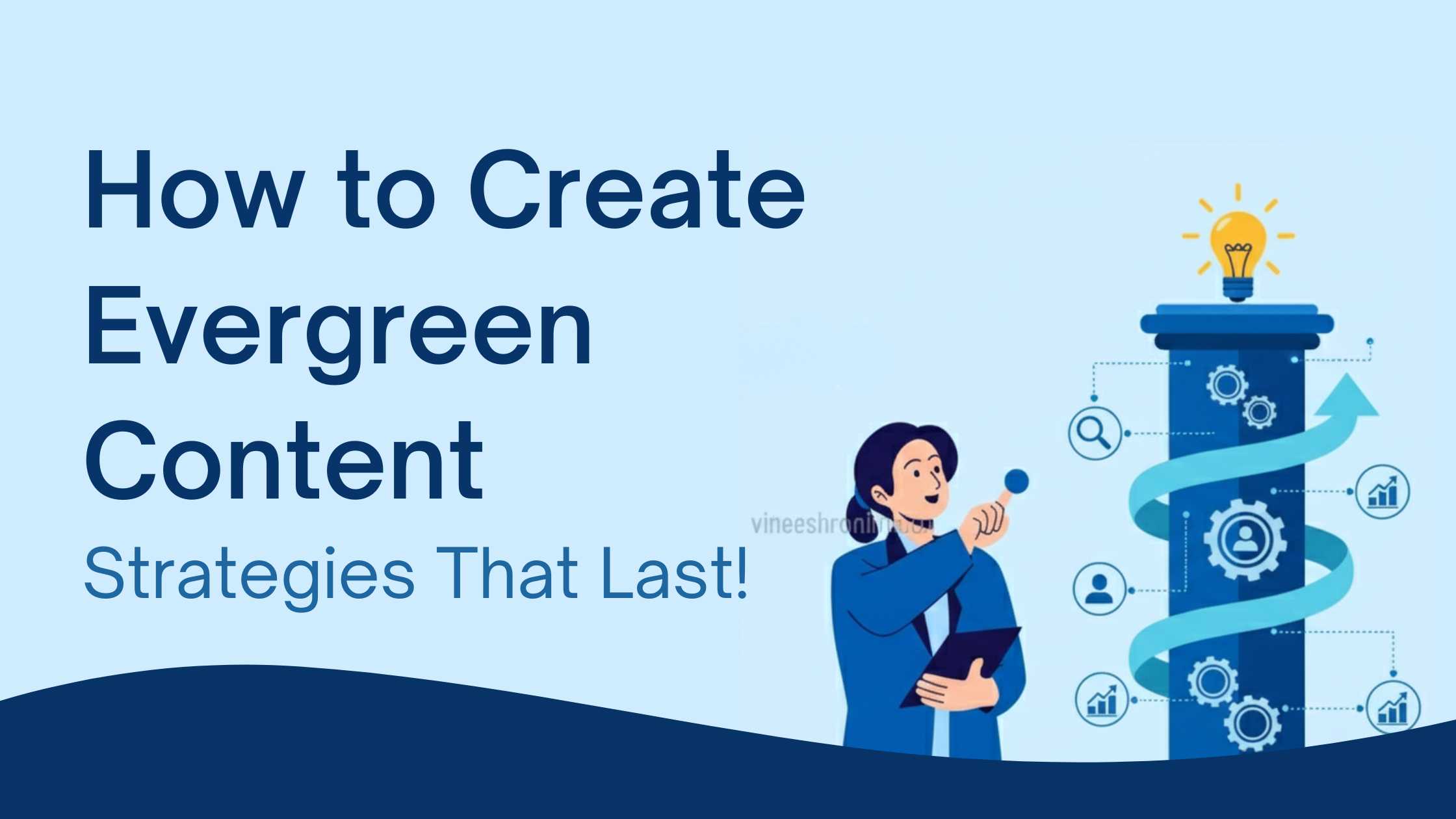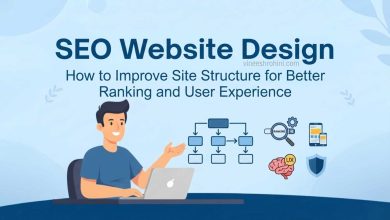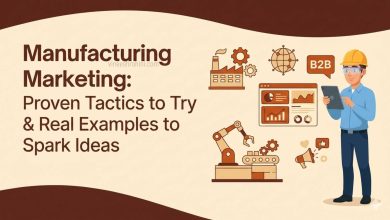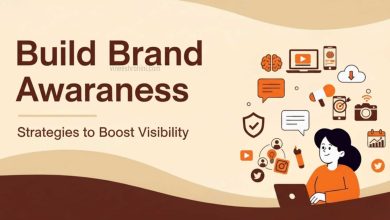How to Use Webinars for Lead Generation: A Complete Guide for 2025
Webinars for Lead Generation : In the fast-paced digital marketing world, businesses are constantly searching for innovative methods to connect with potential customers, establish authority, and build long-lasting relationships. Among the many strategies available, webinars have emerged as one of the most powerful tools for lead generation. Unlike static blog posts or pre-recorded videos, webinars offer a real-time, interactive experience that allows brands to educate their audience, showcase expertise, and capture qualified leads. In 2025, as online engagement continues to dominate business strategies, knowing how to use webinars for lead generation has become an essential skill for marketers, entrepreneurs, and business owners.
Table of Contents
This detailed essay will explore why webinars are so effective for lead generation, how to plan and execute a successful webinar, the best practices to maximize conversions, and how to nurture leads after the event. By the end, you’ll understand not only the mechanics of webinar marketing but also how to integrate webinars into your broader digital marketing strategy.
Why Webinars Are a Game-Changer for Lead Generation

Webinars stand out because they combine education, interaction, and marketing in a single package. Here’s why they are so powerful for capturing leads:
- Direct Engagement – Webinars allow real-time conversations between businesses and their audience, creating a stronger connection than emails or ads.
- Authority Building – By hosting a webinar, a business positions itself as an expert in the industry, which builds trust and credibility.
- High-Quality Leads – People who register for a webinar are already interested in the topic, meaning they are warmer leads compared to cold outreach.
- Scalability – A single webinar can attract hundreds or even thousands of participants globally, breaking geographical limitations.
- Data-Driven Insights – Webinars allow businesses to track engagement metrics such as attendance rate, poll responses, and Q&A participation, which can help qualify leads.
With the right strategy, webinars can convert curious prospects into loyal customers.
Step 1: Defining Your Webinar Goals
Before jumping into the technical aspects, the first step in using webinars for lead generation is to set clear goals. A webinar without a defined purpose will fail to generate meaningful results. Common goals include:
- Generating leads for a new product or service
- Educating potential customers about an industry trend
- Nurturing existing leads further down the sales funnel
- Building brand awareness in a competitive market
- Establishing authority as a thought leader
For example, if your business sells a SaaS product, your webinar goal might be to demonstrate how your software solves a key industry pain point. If you run a consultancy, your goal may be to offer actionable insights that highlight your expertise. Having this clarity ensures that the entire webinar is designed to guide attendees toward a conversion.
Also Read : Relationship Marketing : Building Long-Term Customer Connections for Business Growth in 2025
Step 2: Choosing the Right Webinar Topic
The topic of your webinar determines who signs up and how engaged they will be. It should strike a balance between educational value and business alignment.
Tips for choosing the right topic:
- Solve a Pain Point – Focus on challenges your target audience faces and offer solutions. Example: “How Small Businesses Can Reduce Marketing Costs with Automation.”
- Leverage Trending Topics – Align webinars with current industry trends. Example: “AI in Digital Marketing: What Businesses Need to Know in 2025.”
- Highlight Case Studies – Share success stories. Example: “How We Generated 5,000 Leads in 30 Days Using Webinars.”
- Provide Actionable Insights – Ensure attendees leave with strategies they can implement immediately.
Remember, a webinar should not feel like a sales pitch. Instead, it should deliver value while subtly positioning your product or service as the solution.
Step 3: Selecting the Right Webinar Platform
Your choice of webinar platform can make or break the experience. Popular options in 2025 include Zoom, Demio, GoToWebinar, WebinarJam, and Microsoft Teams.
When selecting a platform, look for these features:
- Easy registration and sign-up process
- Ability to host large audiences without technical issues
- Built-in engagement tools (polls, Q&A, chat)
- Integration with CRM and email marketing platforms
- Recording and replay options for follow-up campaigns
A smooth technical experience ensures that the focus remains on the content and not on technical glitches.
Step 4: Building a Webinar Promotion Strategy

Even the most valuable webinar will fail if people don’t know about it. Promoting your webinar effectively ensures a high turnout and quality leads.
Promotional Strategies:
- Email Marketing – Send invitations to your existing list with personalized messaging.
- Social Media Marketing – Promote across LinkedIn, Twitter, Insta, and FB. Use event hashtags and teaser videos to create excitement.
- Paid Ads – Run targeted ads on and social media platforms to attract new audiences.
- Landing Page – Create a dedicated, SEO-optimized landing page highlighting the benefits of attending.
- Influencer Partnerships – Collaborate with industry influencers to expand reach.
- Reminder Campaigns – Send reminders 1 week, 1 day, and 1 hour before the webinar to maximize attendance.
Effective promotion ensures that your webinar reaches both warm leads and new prospects.
Step 5: Crafting Engaging Webinar Content
The success of a webinar largely depends on the quality of the content. Here’s how to structure it:
- Introduction (5 minutes) – Welcome participants, introduce yourself, and explain what they’ll learn.
- Main Presentation (30–40 minutes) – Deliver valuable insights with a mix of storytelling, data, and real-world examples.
- Engagement Activities – Use polls, live Q&A, and chat features to keep participants involved.
- Case Studies & Testimonials – Show real-life success stories to build credibility.
- Soft Pitch (5–10 minutes) – Present your product/service as a solution without sounding overly promotional.
- Q&A Session (15 minutes) – Answer audience questions to build trust and remove objections.
The key is to keep the webinar interactive and avoid monotony. Engagement directly translates into higher lead conversion rates.
Step 6: Capturing and Qualifying Leads
The primary reason for hosting a webinar is lead generation, so capturing attendee details is crucial.
Best Practices for Lead Capture:
- Registration Forms – Collect name, email, company, and role at sign-up.
- Poll Responses – Use in-webinar polls to gauge audience needs.
- Engagement Tracking – Identify the most engaged attendees for follow-up.
- Post-Webinar Surveys – Gather feedback while collecting additional information.
Integrating your webinar platform with a CRM ensures that leads flow directly into your sales pipeline for immediate nurturing.
Step 7: Post-Webinar Follow-Up
Most conversions happen after the webinar, not during. A structured follow-up strategy ensures no lead goes cold.
Follow-Up Steps:
- Thank You Email – Send immediately with a replay link for those who missed it.
- Content Sharing – Provide additional resources such as eBooks, guides, or whitepapers.
- Personalized Outreach – Sales teams can reach out to highly engaged attendees.
- Retargeting Ads – Use retargeting campaigns to keep your brand top of mind.
- Surveys – Collect feedback to improve future webinars.
Consistent nurturing can move prospects down the sales funnel from awareness to purchase.
Measuring Webinar Success
To understand if your webinar worked as a lead generation tool, track these key metrics:
- Registration vs Attendance Rate
- Average Viewing Time
- Engagement Rate (polls, Q&A participation, chat activity)
- Conversion Rate (from attendees to leads or customers)
- Cost per Lead (CPL)
- ROI from Sales Attributed to the Webinar
Analyzing these metrics helps refine future webinars and maximize ROI.
Advanced Webinar Strategies for 2025
As digital marketing evolves, so do webinar strategies. Here are advanced methods to stay ahead:
- Hybrid Webinars – Combine live and pre-recorded sessions for flexibility.
- Evergreen Webinars – Automate webinars and run them on demand to capture leads continuously.
- Personalized Webinars – Segment audiences and tailor content to specific industries or buyer personas.
- AI-Powered Engagement – Use AI chatbots to answer questions in real time during webinars.
- Interactive Elements – Gamify webinars with quizzes and rewards to boost participation.
- Collaboration Webinars – Partner with other brands or influencers to expand reach.
By adopting these strategies, businesses can ensure that webinars remain a high-converting marketing channel in 2025.
The Role of Webinars in a Larger Digital Marketing Strategy
Webinars don’t work in isolation. They must be integrated with other digital marketing efforts:
- SEO – Use keyword-rich landing pages to rank webinar promotions.
- Email Marketing – Nurture webinar leads with drip campaigns.
- Social Media – Share snippets and highlights to extend content value.
- Content Marketing – Repurpose webinars into blog posts, podcasts, and short-form videos.
- Sales Funnel Integration – Use webinars at the awareness, consideration, and decision stages of the buyer’s journey.
This integration maximizes the impact of each webinar and ensures a steady flow of qualified leads.
Common Mistakes to Avoid in Webinar Marketing
Even the best strategies can fail if common mistakes are made. Avoid these pitfalls:
- Choosing overly broad or irrelevant topics
- Delivering sales-heavy content instead of value
- Using a complex or unreliable webinar platform
- Neglecting promotion and reminders
- Failing to follow up with attendees
- Ignoring post-event analytics
By steering clear of these mistakes, businesses can increase the chances of running successful, lead-generating webinars.
Webinars for Lead Generation – Conclusion

Webinars are more than just online events—they are a lead generation powerhouse when executed strategically. By selecting the right topic, promoting effectively, delivering value-driven content, capturing attendee data, and following up with precision, businesses can turn webinars into one of the most reliable tools for building their customer base. In 2025, with the rise of remote engagement and digital-first interactions, webinars hold even greater potential for companies aiming to build authority, educate audiences, and generate high-quality leads.
Buy Now : Ecommerce Website
Whether you’re a small business owner, a SaaS startup, or a large enterprise, webinars can help you bridge the gap between awareness and conversion. By embracing webinars as part of your broader digital marketing strategy, you can create lasting relationships with prospects and convert them into loyal customers.
Disclaimer : This article is for educational purposes only. While webinars can be a powerful tool for lead generation, results may vary depending on execution, audience, industry, and market conditions. Businesses are advised to test different strategies, measure outcomes, and adapt continuously to achieve the best results.
Keywords : Webinars for Lead Generation – Webinars for Lead Generation 2025



